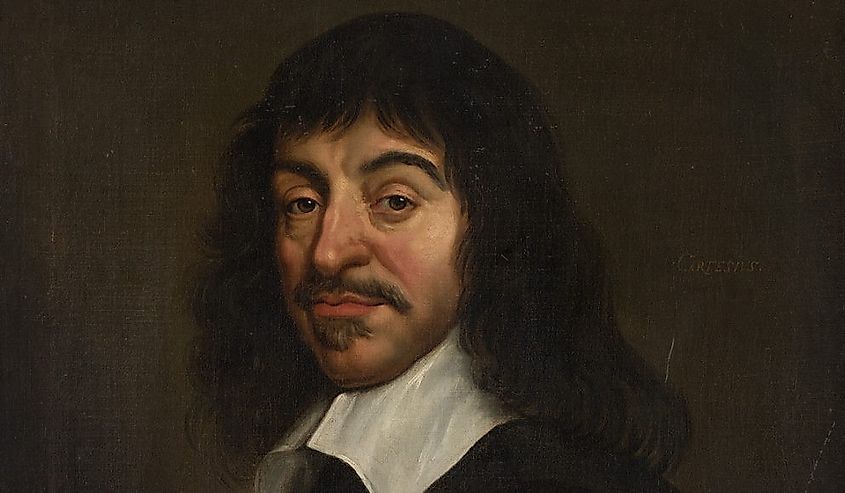
The Descartes Dilemma
René Descartes was a French philosopher and mathematician alive during the 17th century. His contributions to philosophy and mathematics helped push the Western world into the scientific revolution. Descartes is the philosopher commonly attributed to developing what is termed the mind-body problem. However, he did not come up with the problem. Instead, Descartes's philosophy proposed a solution to the problem. Known for coining the phrase "I think, therefore, I am," Descartes developed a philosophy known as cartesian dualism--the argument that the mind and body are two separate entities. To understand Descartes's position, we must first understand what the mind-body problem is.
The Mind-Body Problem

Throughout day-to-day life, most people might not think about the relationship between their mind and body. However, our mind and body have an intimate connection, long discussed amongst philosophers. People have wondered if the mind and body are two distinct entities or a single entity as well as whether or not one is in charge of the other. These are the questions at the heart of the mind-body problem.
Dualism

Dualism holds a clear distinction between the mental and physical states of humans. Human beings are believed to have two distinct parts, the body and the mind. The physical and mental states are separate entities in the dualist view. According to dualists, both the mental and physical exist, but on separate planes that are unable to interact. While the body can work with the mind, they are two distinguishable entities.
Monism

In contrast to dualism, monists claim there is only one single reality that explains everything. The mind and body are not separated and are one entity. However, there are two main branches of monism: materialism and idealism. Materialism is the idea that only the physical or material world exists. In terms of the self, this means only the brain and the body exist. In this view, consciousness is only a function and is considered to be just something that the brain does. Idealism is the opposite of materialism. Idealists claim that nothing material exists, the only reality is the mind. According to this perspective, physical objects are a product of our mental capacities.
Descartes' Position

Descartes was a dualist and one of the first philosophers to develop this theory. His answer to the mind-body problem he named Cartesian dualism. Cartesian is the Latin word for Descartes, so Cartesian dualism translates to Descartes's dualism. Descartes believed that the mind and body were two completely different entities and that they do interact with each other.
Critics - Descartes Dilemma

The Descartes Dilemma is that Descartes himself never proposed the mind-body problem. Instead, he provided a solution. Princess Elisabeth of Bohemia famously critiqued Descartes's idea. She suggested that if the soul or mind affects the body it must contact the body, and to contact the body would mean the mind is occupying some space. In critiquing Descartes's idea, critics thus came to the mind-body problem. Descartes's sharp distinction between the mind and body brought about the question of whether the mind and body were truly separate entities. While Descartes laid the groundwork for the mind-body problem, his philosophy and solution have proved not as clear-cut as he would have liked.
Conclusion
The difference in theories between monists and dualists shows how differently people have approached the mind-body connection and whether or not there is one. While there are philosophers who dedicated their lives to thinking and researching the mind-body problem, some people might wonder why this might even matter.











